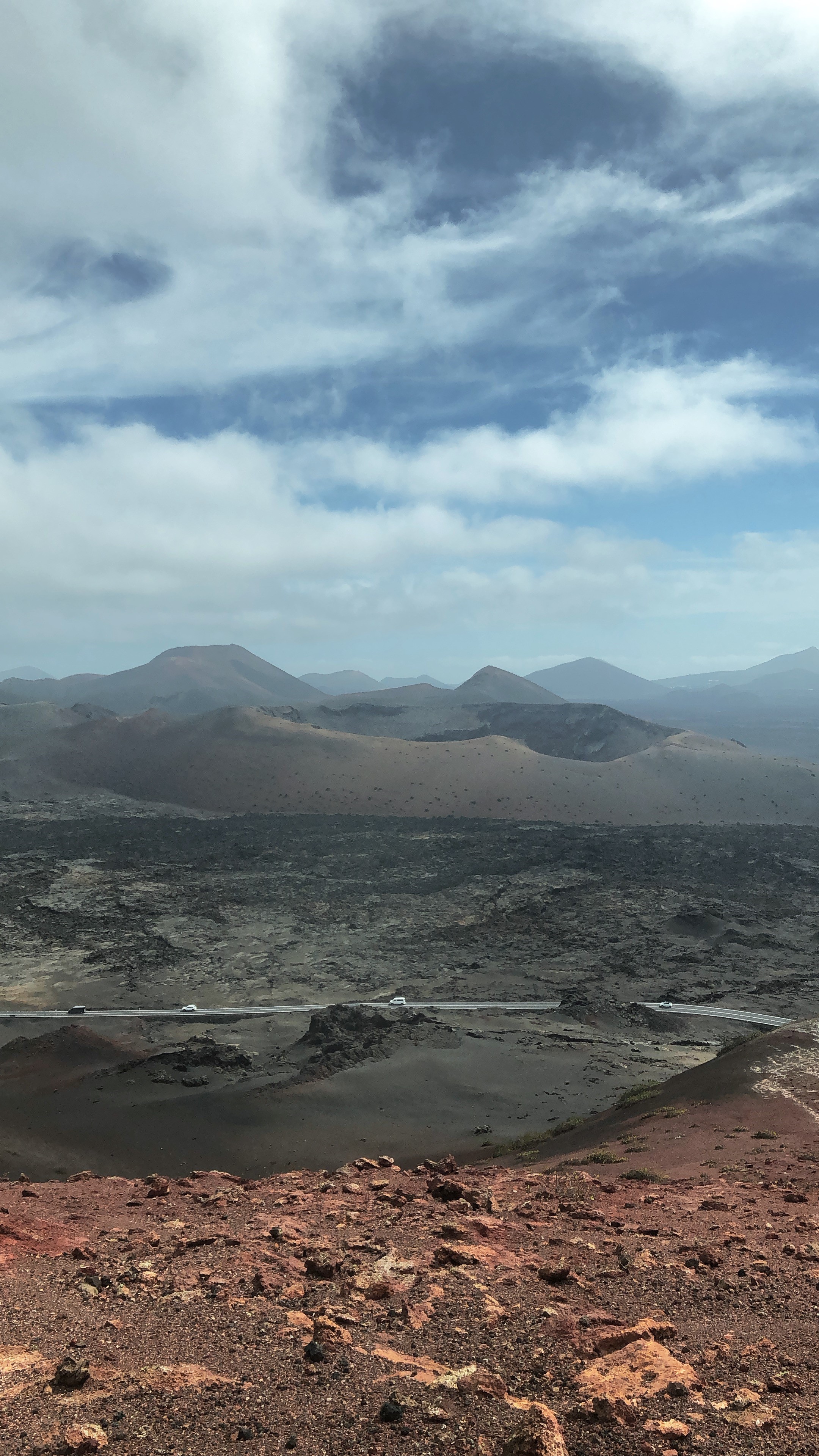Five things you probably didn’t know about Lanzarote:
- Volcanic history: Lanzarote is the fourth largest island in the Canary Island archipelago, a group of islands formed entirely by volcanic activity in the past 20 million years. The volcanoes found on Lanzarote are now classed as dormant however the island experienced a stream of devastating eruptions from 1730 to 1736 and again in 1824. These eruptions dramatically changed the physical landscape of Lanzarote from lush, flat and fertile lands to mountainous and barren as bursts of rock and lava emerged from the ground to create over one hundred volcanoes. This dramatic landscape has been preserved and left mostly unchanged since the day of the first eruption and can be seen at Timanfaya National Park.
- Climate: The island has an extremely dry climate with an average rainfall of just 150mm a year, less than some parts of the Sahara, as well as strong winds due its low lying topography and geographical position. A rain shadow affect is created as weather systems from the Atlantic loose their moisture over the other six islands in the archipelago. This makes Lanzarote a great holiday destination with almost guaranteed sun and accompanying cool winds. As a result there is no natural water source on the island, residents and business get their water from imports and the desalination of seawater.
- Economy: Although tourism is now the main industry on Lanzarote with the majority of residents involved in the industry, Lanzarote’s economy once consisted of the production of sugar, grapes for wine, purple dye, fishing and sea salt; with around 10,000 tons produced annually. Today, sea salt is still produced on a smaller scale whilst goat’s cheese and aloe vera products are popular with tourists.
- Things to do: Lanzarote is fully catered to tourists with lots of unique activities to do. Visitors can take a guided tour around Timanfaya National Park to learn about the island’s volcanic activity and see the dramatic physical features caused by the historic eruptions. El Diablo Restaurant in Timanfaya National Park gives visitors the one of a kind experience to see and eat a meal cooked by geothermal heat. Meat is cooked for diners at 450 degrees Celsius on a grate above a deep hole dug into a volcano. Lanzarote is also home to Europe’s only underwater museum Museo Atlántico, the unique dive site with multiple concrete figures is the project of British sculptor Jason deCaires Taylor.
- Princesa Yaiza Resort Suite Hotel: The hotel is situated in the town of Yaiza overlooking the Atlantic Ocean and offers the perfect sanctuary for holidaymakers. Like the island itself Princesa Yaiza is totally unique. The lobby is a juxtaposition of the islands barren landscape outside, filled with greenery and hanging plants right up to the high ceiling, whilst a river filled with Koi fish flows inside and through the hotel’s public spaces. Princesa Yaiza’s award winning gourmet restaurant Isla de Lobos is one of the hotel’s gems. Considered one of the best restaurants on the island, dinner comes with breath taking views of the sea and neighbouring island Fuerteventura. The restaurant sources most of its ingredients locally within the Canaries and uses a combination of traditional and new techniques to create a truly memorable dining experience.


